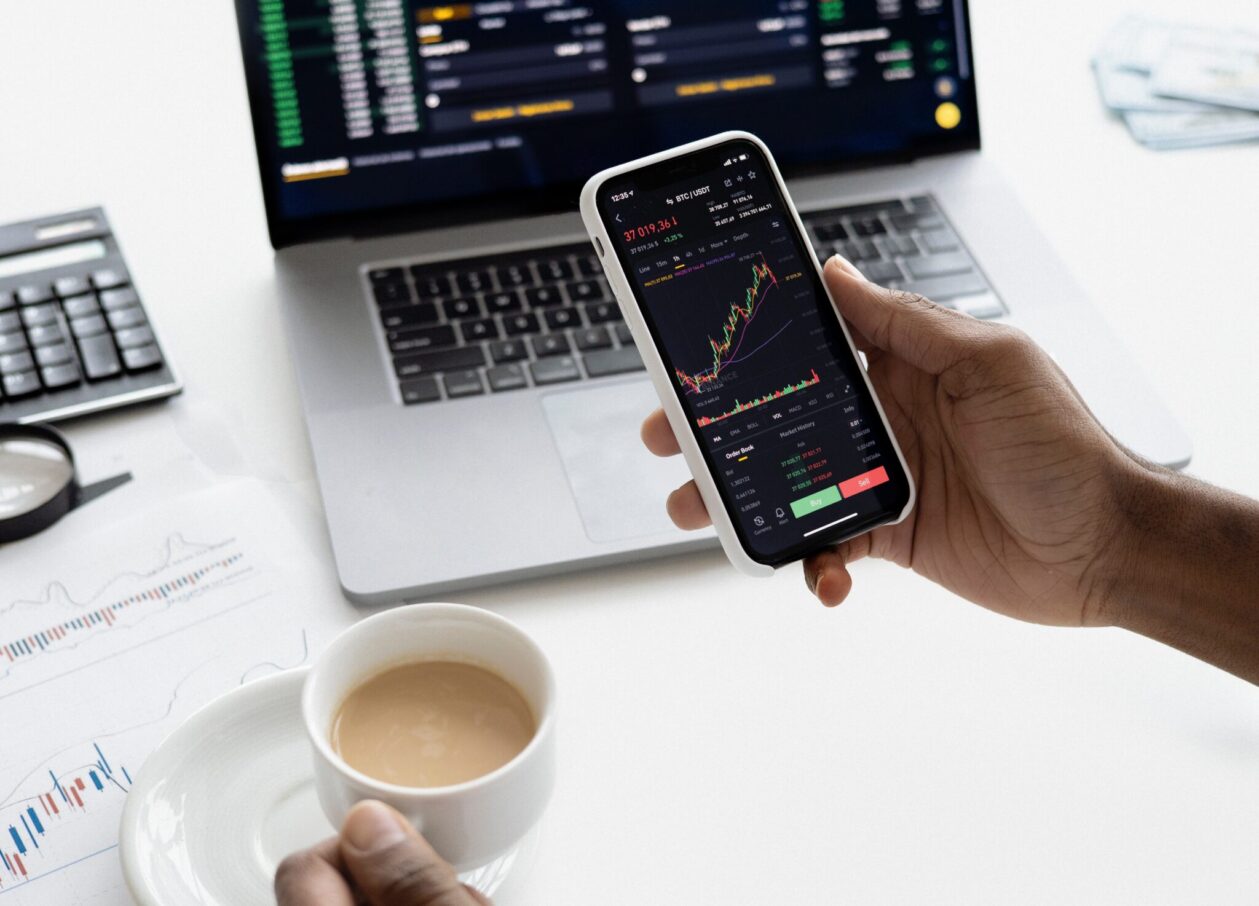SPACs (or special-purpose acquisition companies) seemingly became an overnight sensation as the alternative way to take a company public. But, according to a report published by UBS in April, SPACs actually entered a cooling period this spring after a hot winter.
“SPAC return patterns over the last six months also suggest fairly convincingly that speculation, not fundamentals, was driving prices. Consequently, SPACs…became a quintessential ‘buy the rumor, sell the news’ asset,” the report stated.
But this cooling period doesn’t mean we should count SPACs out yet. On Wednesday, June 2, Worth held a virtual event with Carlos Alvarez, managing director and head of permanent capital solutions at UBS, Sharon Sager, CIMA, managing director, private wealth advisor, family office consultant and institutional consultant at UBS, and Jim McCann, chairman of Worth and chairman and founder of 1-800-FLOWERS.COM, to discuss the mighty rise of SPACs and what to look out for.

Starting off the conversation, Alvarez noted that SPACs have been around since the early ‘90s, so SPACs themselves are not new, but the excitement and recent popularity surrounding them is.
“SPACs are definitely not a new phenomenon, but one could argue that they’ve clearly taken a very meaningful step over the last 15 months or so, which is extremely exciting,” Alvarez said.
“Ultra-high net worth individuals find SPACs appealing because of the redemption feature, the ability to redeem at the two year or so mark. They can have sort of a risk-free look at a growth company, knowing their downside is limited by that redemption feature, and in some cases, they might hold the warrant for upside,” Sager said. “A SPAC can be an opportunity, too, for succession or generational wealth transfer without a public IPO.”
Considering the limitations that the pandemic presented, Alvarez said COVID actually exposed some of the risks of traditional methods of taking companies public, thus shining a light on the benefits of SPACs.
“The combination of all those trends, I think, have led to many, many and actually better companies now considering the SPAC as the preferred way to go public. And again, I think, if I would single one reason [out], to me, clearly it is the increased quality of sponsors that are now really driving this market,” Alvarez said. “It is that ability to bring something beyond capital. Capital is a commodity, but if a company can benefit from a team’s real experience and ability to add value over time, why not? It is also a process that I think meaningfully reduces the execution price from a company’s point of view, and as CEOs and leaders and their boards think about the pros and cons of one path versus another, the SPAC, I think, compares quite favorably in a lot of cases. So, a combination of all those things really saw the market effectively catch fire last year. This was a market that during 2017, 2018, 2019 was seeing roughly $10-ish billion dollars per year of IPO volume. And that jumped to roughly $82 billion in 2020. And then even this year, the first quarter alone, I think by now we’re already well over $100 billion in 2021.”
Alvarez and McCann, who launched his own SPAC in February, agree that SPACs are becoming well-established in the market, and it’s McCann’s estimation that the trendiness of SPACs will fade, and ultimately, they will become a normal consideration when companies are looking to go public.

“It seems to be my guess, Carlos, that this will become the third leg of the stool, in terms of how a company might consider accessing the public marketplace—whether it’s a traditional IPO, a direct listing, which we’ve seen several successful direct listings in the last six to 12 months, and now, a legitimate SPAC market is another good alternative,” McCann said. “I think it’s attractive from both an issuer and an investor point of view.”
And according to Sager, SPACs have also been good so far for promoting diversity on company boards.
“One bright spot in the SPAC market is all these new companies are giving an opportunity to qualified candidates who happened to be women or diverse candidates to serve on boards, and I think that’s a real inflection opportunity, and I hope these companies are looking to diversity and qualified candidates,” Sager said.
It’s uncertain what will become of the SPAC market in the long-term, but for now, it seems to be an interesting option, though it is important to exercise caution, according to UBS’ April report.
“The takeaway for investors is to remain cautious and become well informed about SPACs before investing in them,” the report states. “The past two months have demonstrated that investors can lose a lot on SPACs, even when they have the redemption option. We still think that investing in a diversified portfolio of SPACs at the IPO offers the best risk-return trade-off because of the redemption option and upside optionality through warrants. Investors who don’t participate in the SPAC IPO should wait until the merger target is at least announced and can be evaluated, and now perhaps also wait until the ‘selling on the news’ is complete.”







